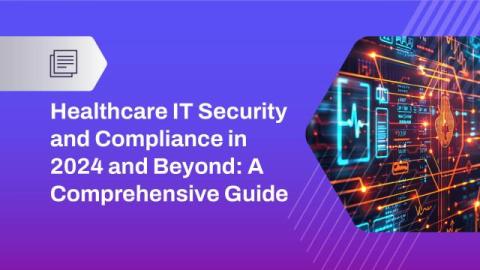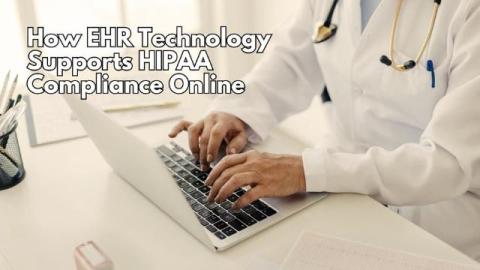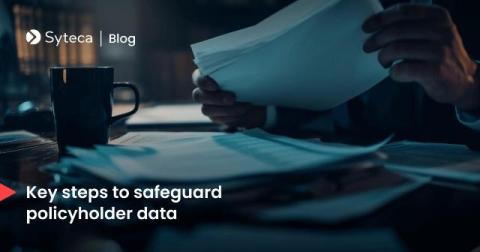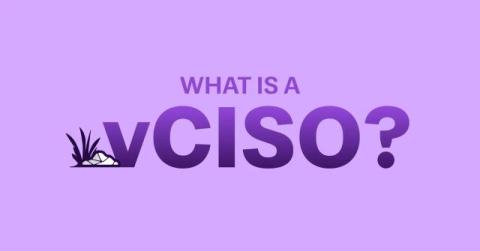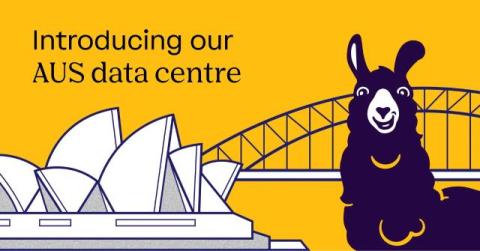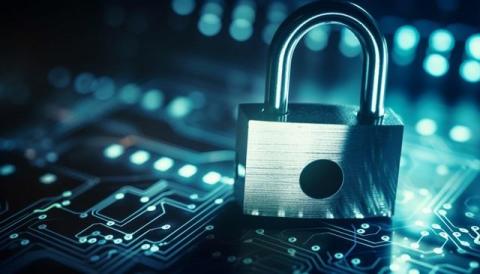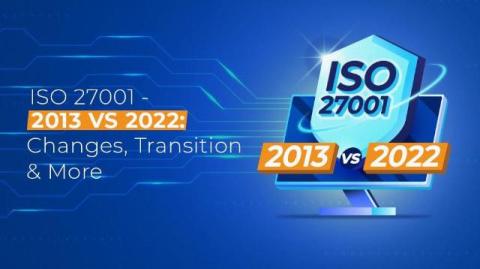Healthcare IT Security and Compliance in 2024 and Beyond: A Comprehensive Guide
The healthcare industry remains a prime target for cyberattacks, with the growing adoption of digital health technologies escalating the risk. Hospitals and clinics, custodians of vast amounts of sensitive patient data, are particularly vulnerable. As the industry navigates the digital landscape, ensuring cybersecurity compliance is paramount to protecting patient privacy and maintaining operational integrity.


